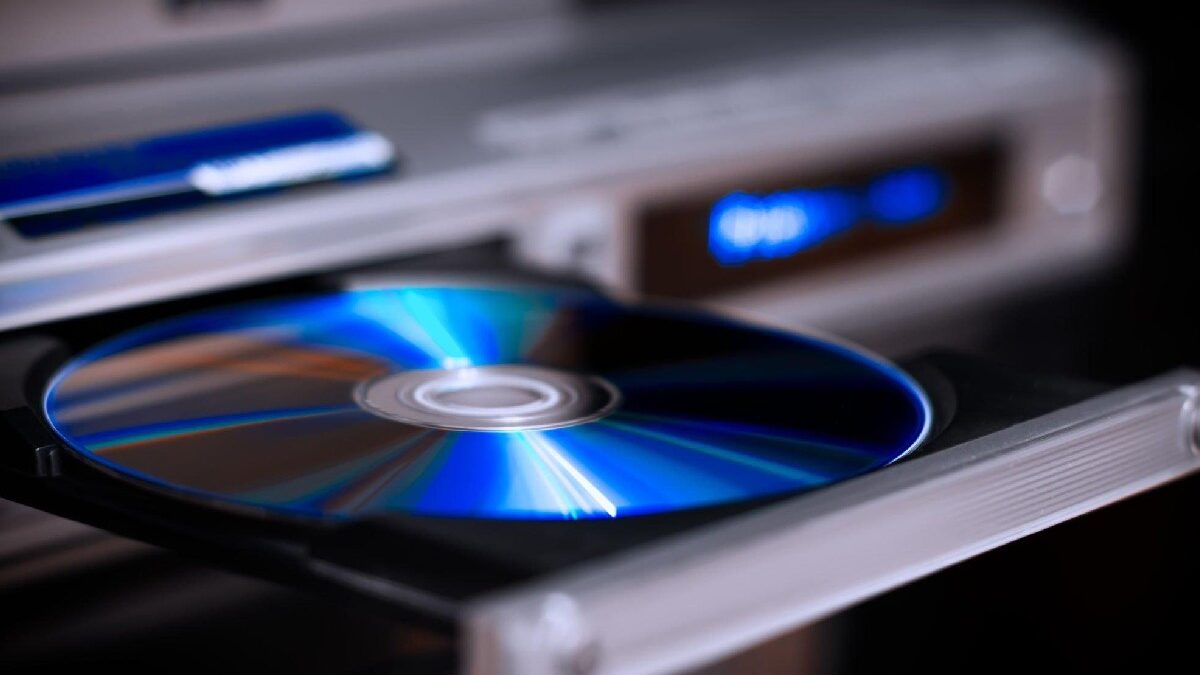What is Auxiliary Memory?
The least expensive, most expansive, and slowly accessible storage in a computer system is referred to as auxiliary memory. Programs and data are kept there when not in use or for long-term archival purposes. Magnetic disks and tapes are computer systems’ most often used supplementary memory components.
Only accessible in white binder form, A Definition of Auxiliary Memory could be mistaken for other manuals. Most “white” books for auxiliary memory are either regular business or organizing books. The Guidebooks are designed to increase a novice’s knowledge of the topic while assisting them in expanding their business. Businesspeople who want to further their understanding of the topic might utilize the manuals as reference materials.
How Does Auxiliary Memory Work?
There are numerous uses for Auxiliary memory. The following are the main uses for it:
- Permanent storage – As we know, primary memory only retains information when the power is on and loses information when the power is out. As a result, we need a backup memory that can continue to save data even after the power is switched off.
- Ample storage – Auxiliary memory offers vast storage capacity, enabling us to permanently store massive amounts of data, including movies, photos, music files, and other objects.
- Removable – A few of the auxiliary devices can be taken out. Data may be stored and easily transferred from one device to another.
Benefits of Auxiliary Memory
An external or internal memory device, the auxiliary memory device, is a memory card. It has been in widespread use for a long time. It is a fantastic approach to keeping files and vital information safe.
The most crucial information, pictures, videos, and favorite tunes, can be kept in the auxiliary memory. For people who are constantly on the move, it works nicely. They can travel with important documents, photos, films, and other media items.
These mobile gadgets include computer memory cards, CD-ROM drives, USB flash drives, portable external drives, Bluetooth adapters, and other similar items. The user ought to choose the option that best meets their requirements. each kind
Auxiliary Memory Types
Auxiliary memory comes in two different forms:
1. Fixed Storage
An internal media device in a computer system is a fixed storage device in secondary memory. Hard drives or fixed disc drives are other names for fixed storage. The selected storage device built into a system usually contains the computer system’s data. The fact that they are set storage does not prevent you from removing them from the computer system; with the help of a professional or engineer, you can do so for various reasons, including repairs, upgrades, and maintenance.
Fixed storage types include:
The many forms of fixed storage are as follows:
- HDDs, or hard disk drives
- Solid-state drives (SSDs)
- (Rare) Internal flash memory
2. Removal of Storage
An external media device known as removable storage is typically used to store data in secondary memory on a computer system. The terms “disk drives” and “external drives” are frequently used to refer to detachable storage. It is a portable storage unit that may be added or removed from the computer. While a computer system is still working, we can easily uninstall them. We can quickly transfer data from one computer to another using mobile detachable storage devices. Additionally, faster data and information transfer rates are provided by detachable storage devices than by storage area networks.
The several kinds of removable storage are as follows:
- Optical discs, including DVDs, CDs, and Blu-ray discs
- Tactile disks
- Memory sticks
- Pak disks
- Magnetic cassettes
- Paper filing (using, for example, punched cards and tapes)
The Bottom Line
The usage of auxiliary memory in computer architecture is explained in this article. We discussed the advantages of learning about additional memory for developers.
Questions and Answers
Why is auxiliary memory referred to as secondary memory?
Secondary memory can also be referred to as auxiliary, extra, or backup memory. The processor cannot immediately contact the processing unit, which has direct access to the data. We initially copy it into primary memory from secondary memory.
Is RAM a second memory?
RAM is not secondary memory, though. It is a fundamental memory. Primary memory is immediately accessible to the CPU or processor. Primary memory is also transient. It is also referred to as internal memory or main memory.
An auxiliary device is what?
An automobile’s non-peripheral, energy-consuming, converting, storing, or supplying systems or equipment are called “auxiliary devices” when installed there for a specific purpose. Examples of auxiliary devices are hard drives, CDs, USB flash drives, and similar items.
What is another name for auxiliary storage?
Because it is not part of our system memory (RAM) and must be supplied through external cables or other storage media like Pendrives, DVDs, and CDs, auxiliary storage is also known as secondary or external storage.
What exactly is an auxiliary storage unit?
Like primary memory, auxiliary storage is measured in bytes. Other than this, depending on the storage medium, some conventional numbers are kilobytes, gigabytes, and terabytes. Hard disk drives, for instance, can hold many terabytes of data.

